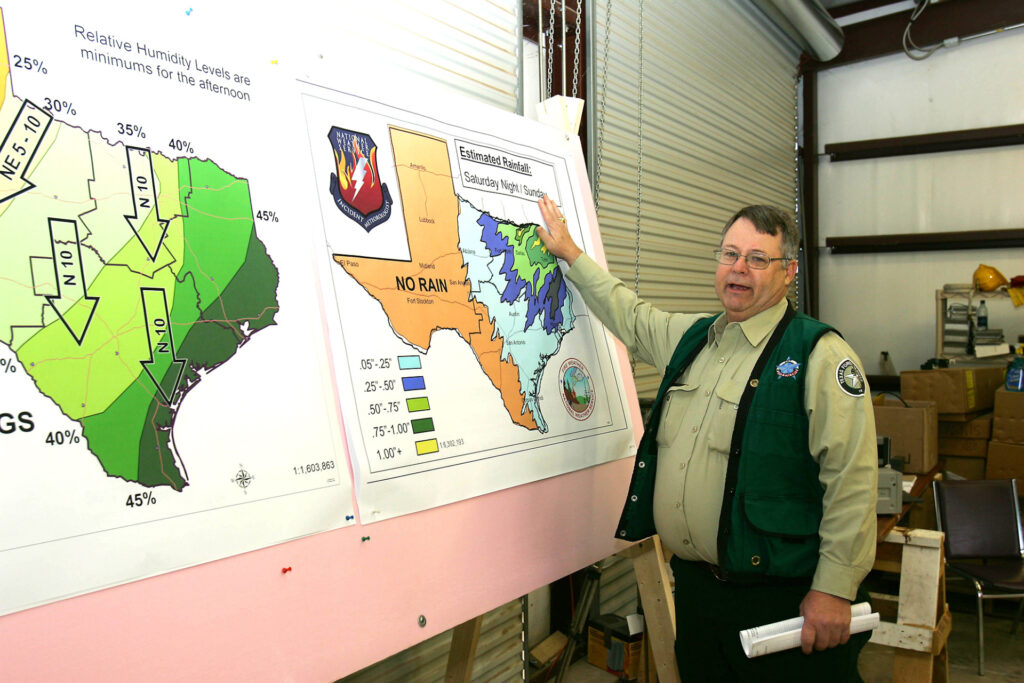Texas A&M Forest Service employee earns national award for fire protection
Hannemann recognized for innovative leadership and strategic response policy
A Texas A&M Forest Service employee was honored with the Current Achievement Award for Fire Protection during the National Association of State Foresters Annual Meeting in Baton Rouge, Louisiana.

Paul Hannemann, retired Texas A&M Forest Service chief of fire operations and incident response department head, was recognized for having been at the forefront of innovative and strategic response policy and program development for the first responder community.
“Paul is a trusted leader in wildfire and all-hazard response efforts at the local, state and national levels and is respected throughout the country,” said Al Davis, Texas A&M Forest Service director. “We are fortunate to have Paul’s wisdom and experience in the agency.”
A career full of emergency response
Hannemann’s dedicated, highly skilled and qualified career includes highlights ranging from becoming the agency’s first regional fire coordinator in 1995 to directing statewide fire operations in 2011 that mobilized more than 17,000 firefighters from across the country to assist in the suppression of more than 30,000 wildfires that burned nearly 4 million acres — including the Bastrop County Complex, one of the most destructive wildfires in U.S. history at the time.
Hannemann served as Incident Commander on the Lone Star State Incident Management Team for more than 20 years and responded to countless wildfire and all-hazard incidents, including the Space Shuttle Columbia Recovery, Hurricane Sandy and the West Explosion.
In Texas, Hannemann’s leadership encompasses implementing regional Type-3 Incident Management Teams and developing the Texas Intrastate Fire Mutual Aid System, TIFMAS.
Hannemann spent his career training and developing others in the art and science of emergency response. He is part of the Federal Emergency Management Agency’s All-Hazard Incident Management Team Development Group and has helped conduct training nationwide. He also has served on the teaching cadre for the Complex Incident Management Course since its beginning in 1999.
Hannemann served as a key state representative on several National Wildfire Coordinating Group committees, such as the Operations Workforce Development Committee and the Incident Management Organization Succession Planning project – each of which had national significance in preparing the next generation of incident management leadership across the nation.


